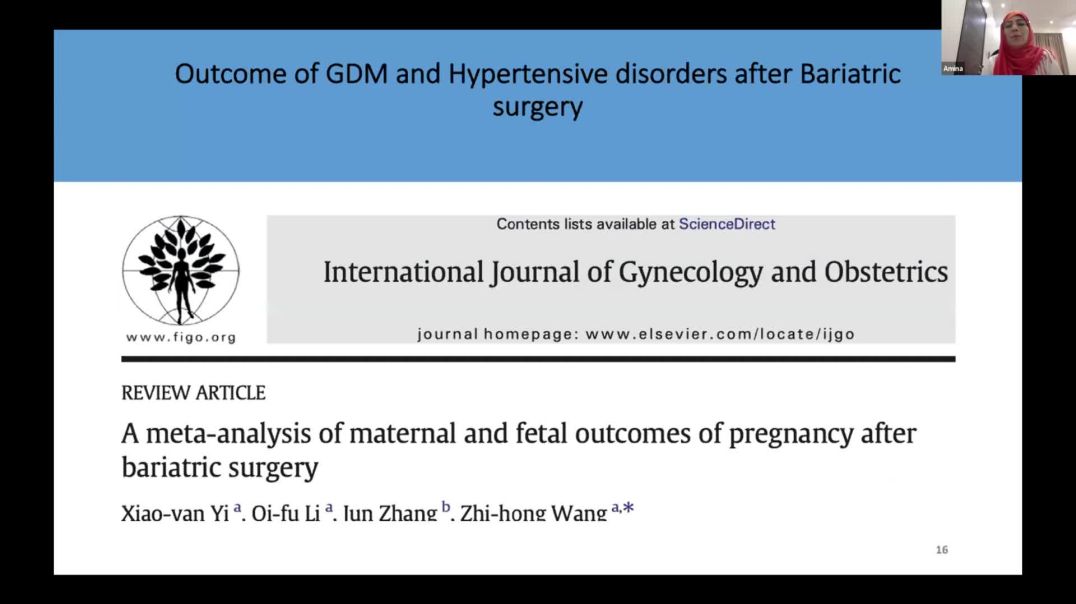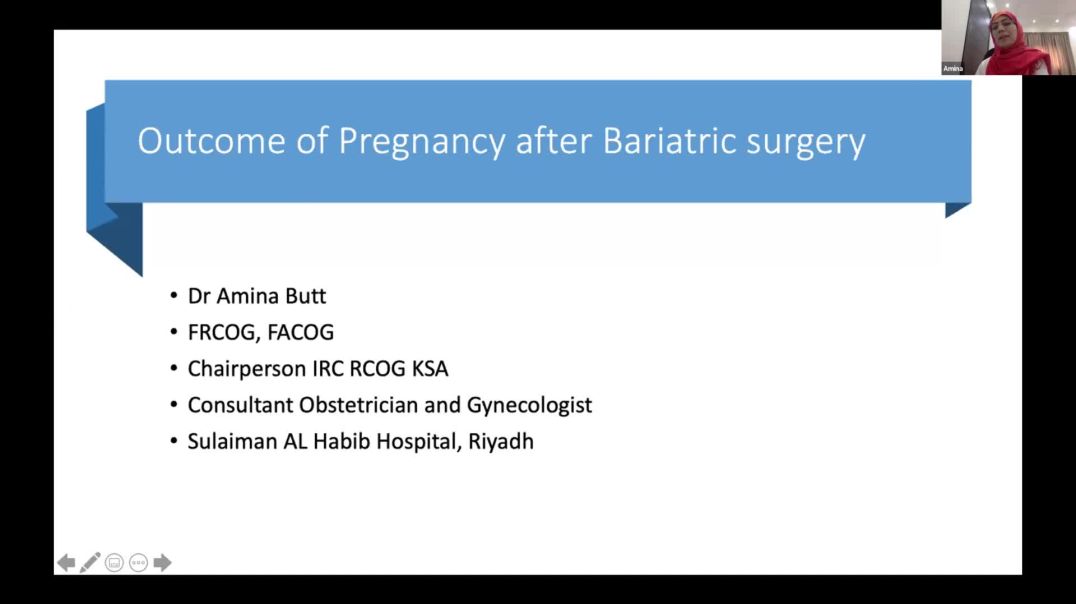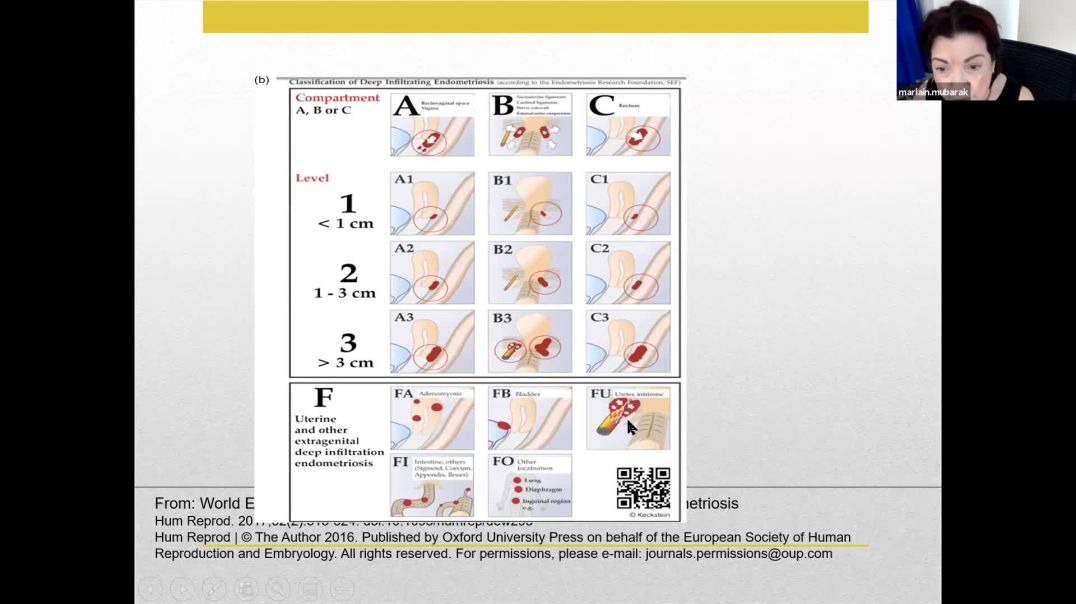The feasibility of Transvaginal Natural Orifice Transluminal Endoscopic Surgery | Murat Yasa
Summary :
Transvaginal Natural orifice transluminal endoscopic surgery (vNOTES) is increasingly being performed in gynecology practice for various of indications. We aimed to share the surgical and subjective outcomes of patients who underwent NOTES for gynecological disease. This preliminary report included 43 patients. Out of those, 39.5% had previous abdominal surgeries. 14% of all underwent hysterectomy and 86% had various adnexal procedures. Mean age, BMI and median parity were 39.6±8.9 years, 28.9±9.1 kg/m2 and 3±2 births. The mean POP-Q C level measurement was -36±14mm. The mean total duration of surgeries was 21.8±15.2 minutes. Median pain scores measured by Visual Analog Score were 4±3 and 1±2 at 6th and 24th hours of surgery, respectively. 32.5% of all patients needed one and 14% needed two additional doses of analgesic in addition to routine one postoperative dose. There was no conversion to laparoscopy or laparotomy. Only one patient had early postoperative mild complication that is minor bleeding from colpotomy and was managed conservatively. The satisfaction was measured with Patient Global Impression scale, 95.3% of all patients reported that were very satisfied at the 1st week. In conclusion, the vNOTES is a feasible approach in regards to the duration of surgery, postoperative pain scores, and cosmetic outcomes.
About Author :
Mainly interested in endoscopy, urogynecology, cosmetic /aesthetic and reconstructive surgery and sexual medicine. More specifically, focused on laparoscopic lateral suspension, Transvaginal Natural Orifice Transluminal Endoscopic Surgeries (vNOTES), implementation of Lung ultrasound in pregnant women suspected of SARS-CoV-2 infection, use of the Transperineal sonography in the management of obstetric anal sphincter injuries, in prediction of the operative vaginal delivery (intrapartum ultrasound), in objectively diagnosing the pelvic organ prolapses and in the management of mesh complications.







